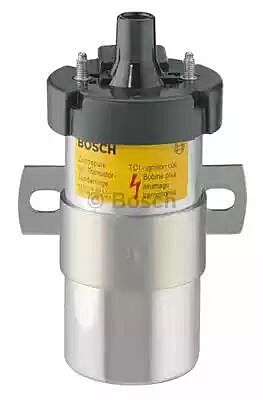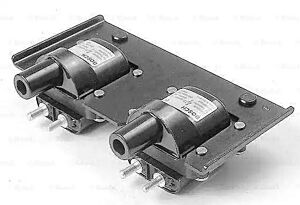Bosch

Bosch is the largest auto parts supplier worldwide. With 410,000 global associates, the leading car parts supplier is active across 60 countries and manufactures in 130 engineering locations. Bosch's state-of-the-art lights and long-life wiper blades are amongst the most popular in its expansive auto parts range, which is designed to make driving safer and more eco-friendly.
As a highly technological manufacturer, Bosch is renowned for smart mobility solutions. The company is heavily involved in the transition towards automated driving and is currently crafting both tech-savvy automated systems and a forward-thinking system to alert wrong-way drivers.
Bosch has also invested billions into climate action and continues to develop environmentally-conscious car parts.
Bosch Car Parts Timeline
Bosch…
1886: was established when Robert Bosch founded the Workshop for Precision Mechanics and Electrical Engineering in Stuttgart.
1897: began to install magneto ignition devices, becoming the only supplier of reliable ignition.
1898: opened its first international sales office in London.
1902: increased sales when Chief Executive Gottlob Honold invented the high-voltage magneto ignition system with spark plugs.
1903: achieved success when Camille Jenatzy drove a Mercedes with a Bosch ignition system to victory in the Gordon Bennett Cup.
1906: advertised its magneto ignition systems in US newspapers, generating orders worth $1M and doubling sales within 1 year.
1906-1911: opened sales offices in South Africa, Australia, Argentina, China and Japan.
1913-1914: introduced new products: headlights, generators and starters.
1914: lost half of the workforce to military service during World War I. Women took over the manufacturing, creating grenade detonators instead of magneto ignitions. 453 associates never returned from the war.
1925: began using assembly-line production processes to meet high demands.
1926: began to manufacture automotive features following the war, including wipers and horns.
1942: lost Robert Bosch to World War II. The group lost its international sites for the second time during the war.
1945: began to manufacture spark plugs for the Allies’ military vehicles.
1950: adapted its aircraft gasoline injection technology for automobiles.
1950-1960: increased associates from 15,000 to 70,000.
1959: began to develop the Jetronic, an electrically controlled gasoline injection system that met strict Californian environmental regulations and went into mass production in 1967.
1969: developed sensors that measured exhaust gases. Lambda sensors are now core to environmentally friendly combustion engines.
1995: launched the ESP® electronic stability program, a technological system that prevents vehicles from skidding. Bosch also launched the TravelPilot navigation system with voice output and route guidance.
1997: unveiled the Common Rail high-pressure diesel injection system for minimised fuel consumption.
2000: released the follow-up to the Common Rail diesel injection, the DI Motronic gasoline direct injection. Bosch also launched driver assistance systems, Adaptive Cruise Control, Night Vision for improved safety and its first distance radar.
Bosch continues to research, develop and test automated driving systems using sensor technology and software.





























